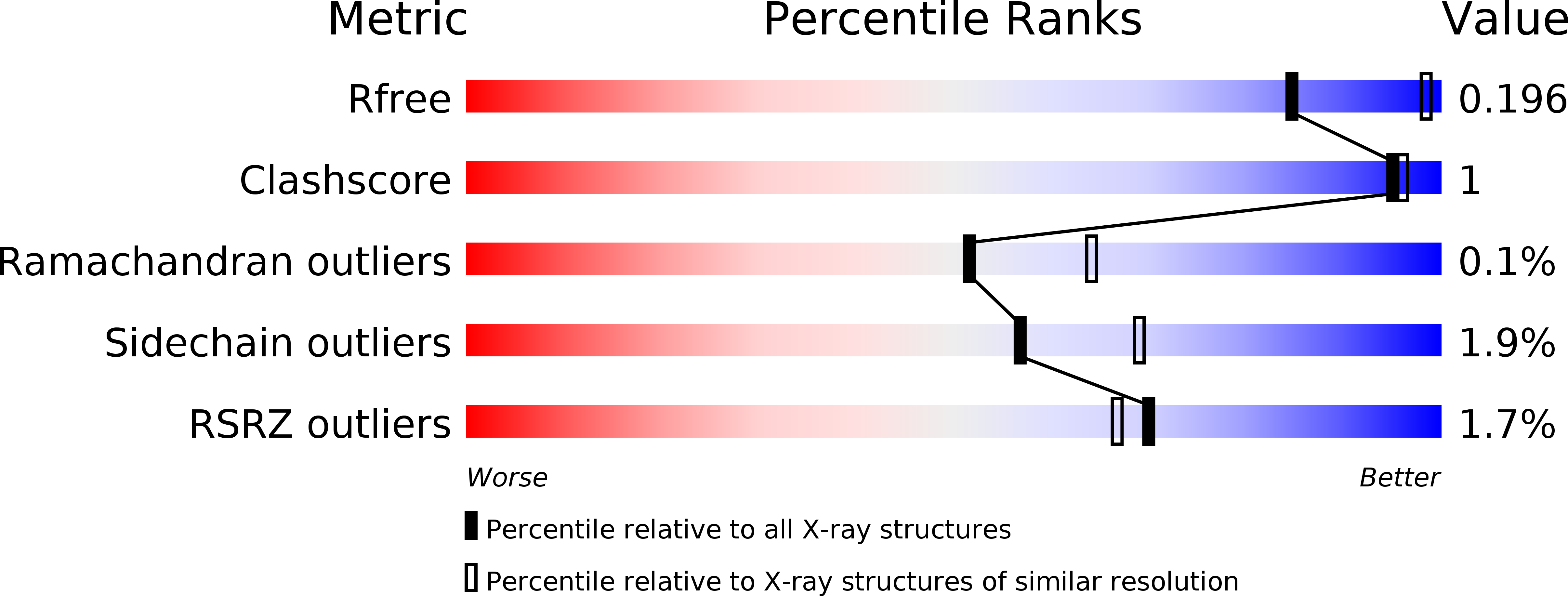
Deposition Date
2019-06-28
Release Date
2020-02-19
Last Version Date
2025-04-09
Entry Detail
PDB ID:
6S4H
Keywords:
Title:
The crystal structure of glycogen phosphorylase in complex with 8
Biological Source:
Source Organism:
Oryctolagus cuniculus (Taxon ID: 9986)
Method Details:
Experimental Method:
Resolution:
2.45 Å
R-Value Free:
0.18
R-Value Work:
0.13
R-Value Observed:
0.13
Space Group:
P 43 21 2


